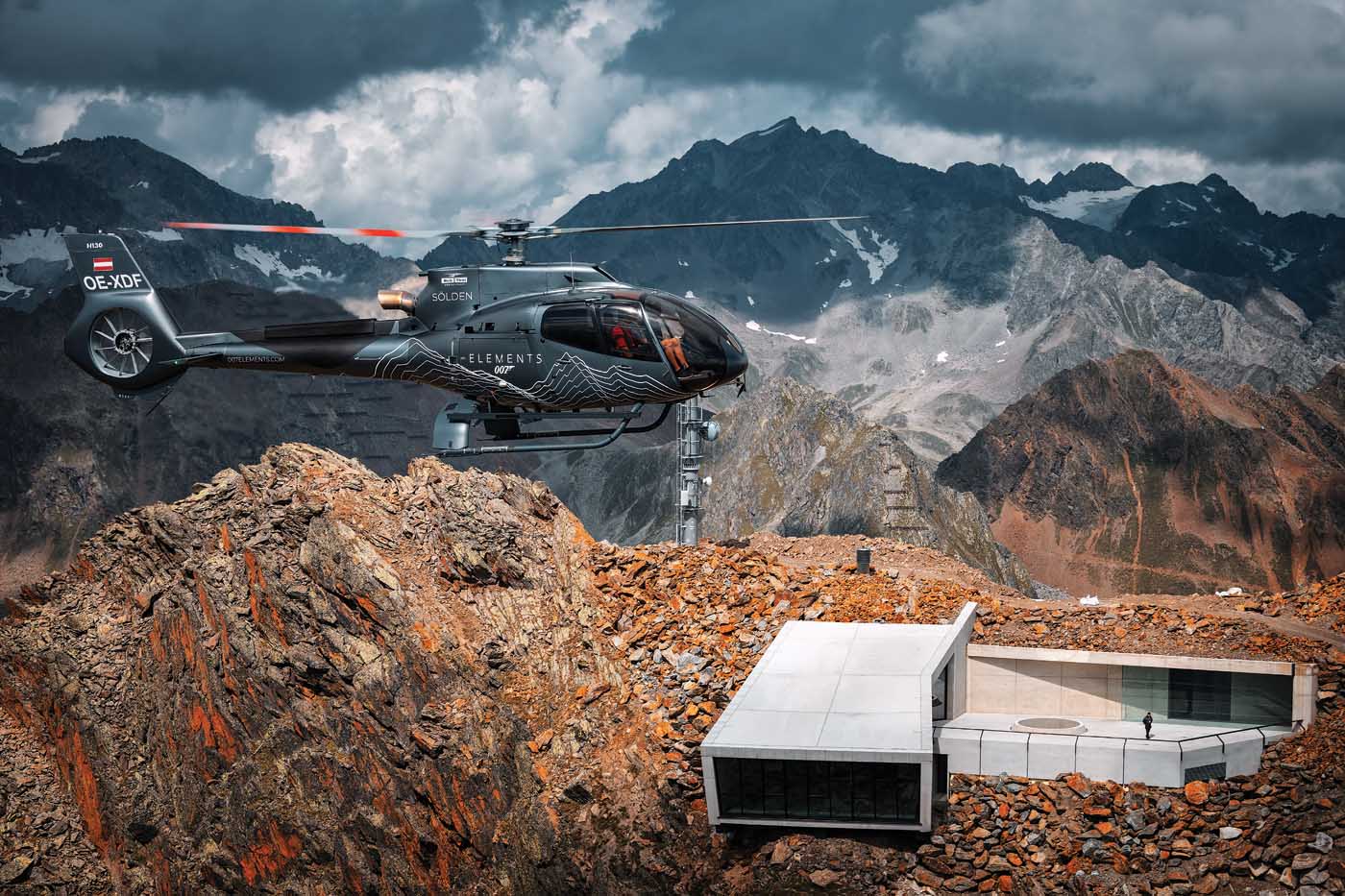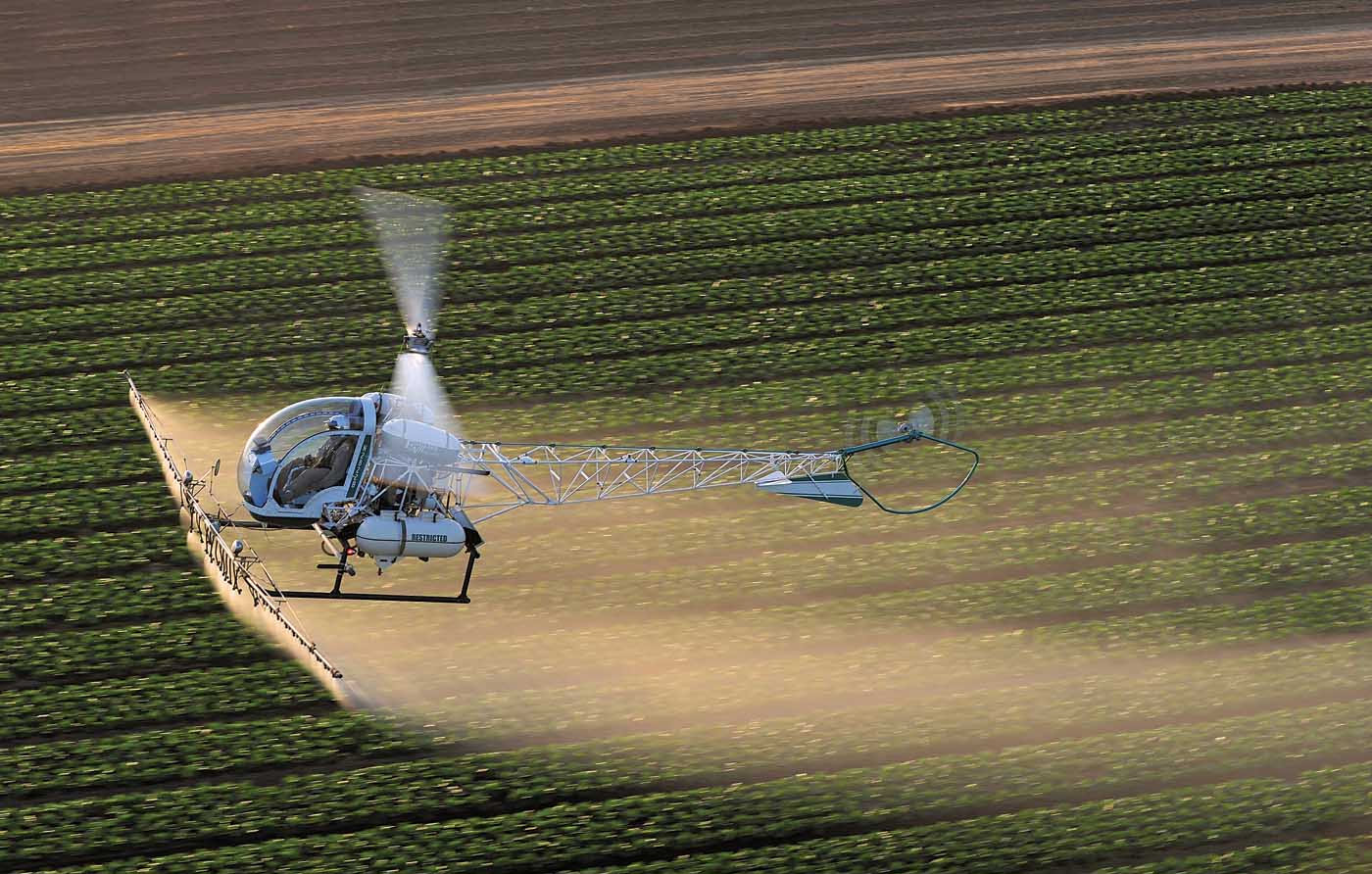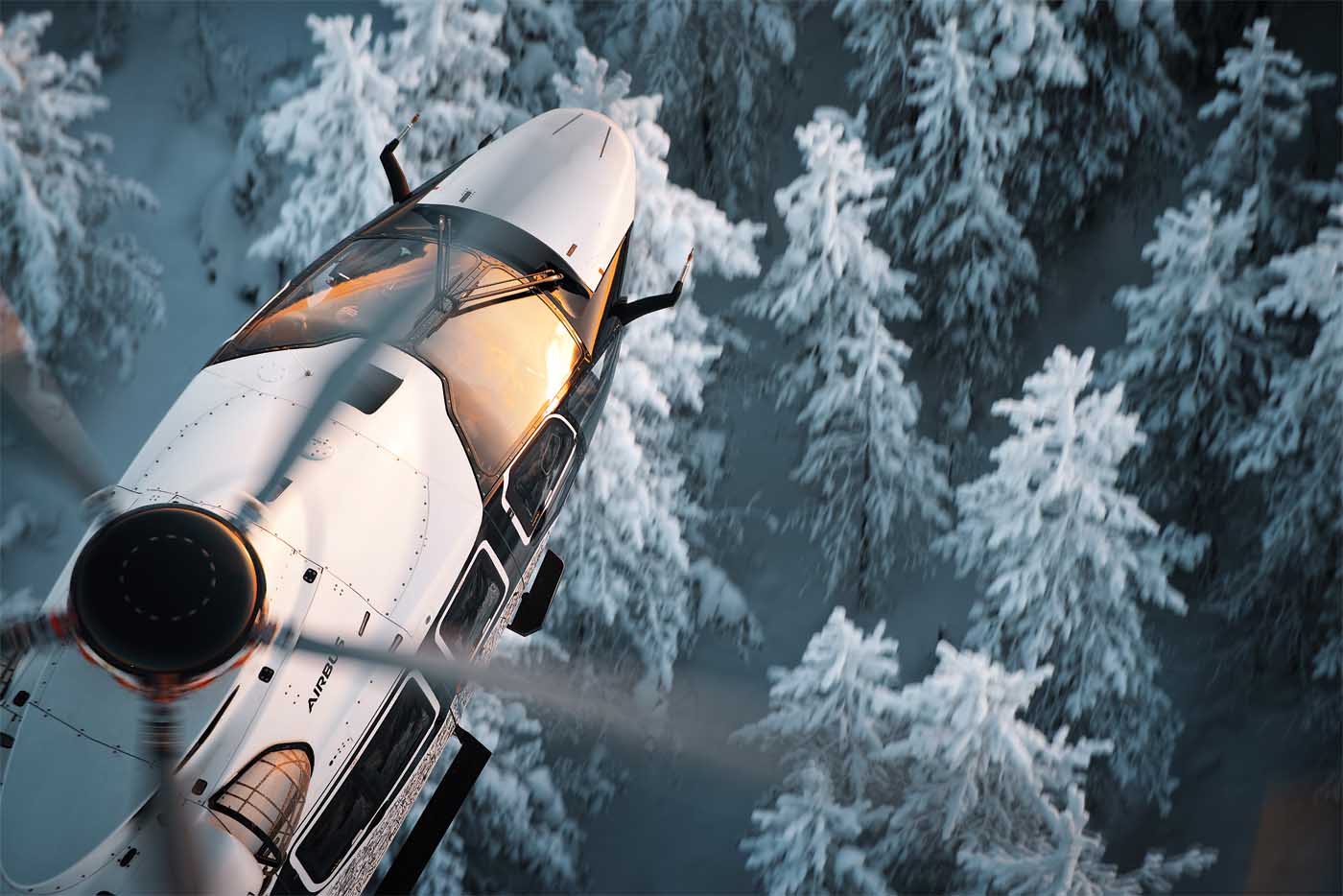It seems like every day, there is new data describing the climate change our planet is experiencing. The latest five-year period, 2015-2019, will almost certainly be the warmest on record (records go back into the late 1800s). According to figures from the World Meteorological Organization, the global average temperature has increased by 1.1C since the start of the Industrial Revolution, with nearly 20 percent of the increase in the past five years. Scientists started using the term “climate change” rather than “global warming” recently. This was to warn people that, yes, the Earth is getting warmer — but there are many other environmental events occurring that must be acknowledged.

Although the Earth’s climate has continuously changed throughout the planet’s history, the changes we are seeing today are, for the first time, the result of human activities. These changes are also occurring at a speed we have never seen before – an estimated 10 to 20 times faster than previously observed.
Much of the attention has been focused on efforts to reduce greenhouse gas emissions, which contribute to the warming and resultant environmental impacts. As witnessed with the Paris Accord, political and economic concerns have resulted in a less-than-maximum effort in this area.
The aviation industry has faced significant pressure to reduce emissions from aircraft engines. It takes a considerable amount of power and fuel to defy gravity and travel at great speeds. Consequently, aircraft produce a disproportionate amount of carbon dioxide compared to land-based vehicles.
The helicopter industry has joined with other branches of the aviation business in taking steps to reduce carbon dioxide emissions. More fuel-efficient engines have been developed and will have an increasing effect as older helicopters are replaced with newer models. The aerodynamics of the airframe can be improved to reduce drag. The efficiency of the rotor blades can be improved. Internally, the electric and heating systems can be designed to run more efficiently, decreasing power consumption.
More efficient operations in terms of scheduling will also help. An overall reduction in passenger air travel would certainly reduce emissions, but this would go against recent trends and would have serious economic effects on the industry.
One of the most anticipated advances is alternative propulsion. This would encompass entirely electric powered or hybrid models. The major challenge to date has been how to generate enough power to attain the lift and speeds necessary for flight. Still in the developmental stage, electric helicopters have proven the concept, but there is still the problem of providing such power over extended time periods. For example, a Robinson R44 converted into a purely electric helicopter set a world record in December 2018 when it flew for 22 minutes, covering 34.5 miles at a speed of 80 knots. Battery power and capacity will have to be increased — without requiring prohibitive extra weight — for electric helicopters to become a viable proposition.
Adapting to the change
The push to reduce the emissions that are fueling climate change is just one aspect of the problem. The aviation industry is also having to adapt to the significant environmental changes that are impacting operations in a number of ways. And these changes will only become greater over time.
So, how has and how will climate change directly affect helicopter operations?
The most direct impact of the rise in temperatures is on helicopter flight performance. Warmer air is less dense, causing rotor blades to produce less lift and engine power output to be reduced. In more extreme situations, both passenger and cargo loads will have to be lessened, while the hottest times of the day may become unusable for work. The risk of high-density altitude incidents will increase.

Warmer air can also hold more moisture, and moist air is less dense than dry air. Although not as important as air temperature, this can magnify the effects described above. Warmer temperatures and more moisture in the air mean that when precipitation does occur, rainfall and snowfall rates will be greater, with subsequent reductions in visibility.
With more energy, storms will become more numerous and stronger. There will be more and stronger thunderstorms with all their attendant hazards; while winter storms will be more intense, with higher winds and heavier precipitation. Tropical cyclones will become more numerous and stronger, and we could see more dust and sandstorms in the subtropics. In a previous article (Vertical, April/May 2018), I discussed how turbulence may increase.
In terms of aviation facilities, although not dependent on long runways, helicopters still need a stable, flat surface for take-offs and landings. If the landing area is paved with asphalt, melting can occur with the higher temperatures that are becoming more common. In high latitudes, the melting of subsurface permafrost can cause buckling of paved landing areas.
Another concern for any aviation facility along a coastal area is sea-level rise. Thermal expansion of the increasingly warm water was a major factor in rising levels in the past. But today, the rapid melting of glaciers and polar ice sheets are seen as responsible for two-thirds of the sea level rise since 2005. Sea levels are now at their highest levels ever recorded (records go back to 1900). The rate of-sea level rise is also accelerating.
Sector outlooks
We can speculate about the broader impacts of climate change on the helicopter industry. For one, wildfires have been increasing around the world. These are more numerous, more intense, and more destructive, as witnessed recently in California and Australia. We are also seeing fires where we have never seen them before, especially in higher latitudes. The wildfire-fighting component of the industry should see increases in demand.
With the increase in the number and severity of storms, there will be a greater demand for search-and-rescue operations, as demonstrated last year with Hurricane Dorian in the Bahamas. In terms of relief efforts, we have seen that often only helicopters can access affected areas to transport people and supplies.

As for helicopter tourism, any increase in inclement weather would certainly hamper operations. There is also a concern that some scenic locations are being adversely affected by the changing climate. In lower latitudes, coral reefs are struggling to survive in increasingly warmer waters, while coastal flooding is occurring more frequently, even without storms, in such diverse locations as Florida and Venice, Italy. Further poleward, snowpacks are diminishing and glaciers are melting, impacting winter sports and tourist attractions.
The fossil fuel industry is, of course, directly tied to the climate change issue. If there was a major push to replace fossil fuels with renewable energy sources, the supporting industry would suffer. Currently, there is little indication that this will happen on a large scale. Although offshore operations have been reduced in recent years, they remain a significant part of the helicopter industry. This could well be “ground zero” for climate change effects. Energy infrastructure, including offshore drilling sites and coastal refineries, will be at risk. The relentless and accelerating rise in sea level will bring flooding concerns to the refineries and various problems to the drilling rigs. More frequent and stronger storms will add to these risks.
In researching a previous article on agricultural operations (Vertical, August/September 2017) I spoke to several operators who told me they have already noted the effects of climate change. Growing seasons have begun earlier, some by a month or more; frost prevention assignments have had to change accordingly. Aerial applications (spraying of chemicals) was noted to be extremely dependent on temperature, which is changing constantly. Even the type of crops grown may have been or will be altered to fit new climate norms.
What about the future? The Earth’s temperature is rapidly approaching what it was over 100,000 years ago, when there were no permanent ice caps and the sea level was eight meters higher than today. Historical data indicates that recently measured CO2 levels of 400 ppm last occurred three million years ago. Not only was it much warmer, but the world itself was not as we know it today — the sea level was estimated to be 32 to 130 feet (10 to 40 meters) higher than now. If this occured today, every coastal city on the planet would be flooded.
“A multi-disciplinary research effort by scientists, meteorologists, climatologists, engineers, biologists, and epidemiologists is needed to understand better the impacts of the changing climate on the entire aviation system, including aircraft and infrastructure,” the International Civil Aviation Organization (ICAO) concluded in its 2016 Environmental Report. “Thereafter, dedicated guidance material by ICAO could target climate adaptation correlated issues, based on models of best practice. It will be important for that guidance material to be regularly revised and updated, to keep it in sync with the evolving and non-stationary climate statistics.”
The aviation community, including the helicopter component, has been slow to address the issue of climate change’s effects on operations. But the reality is that, no matter what steps are taken now to reduce global warming, the effects of this climate change are already occurring and will only get more pronounced.





